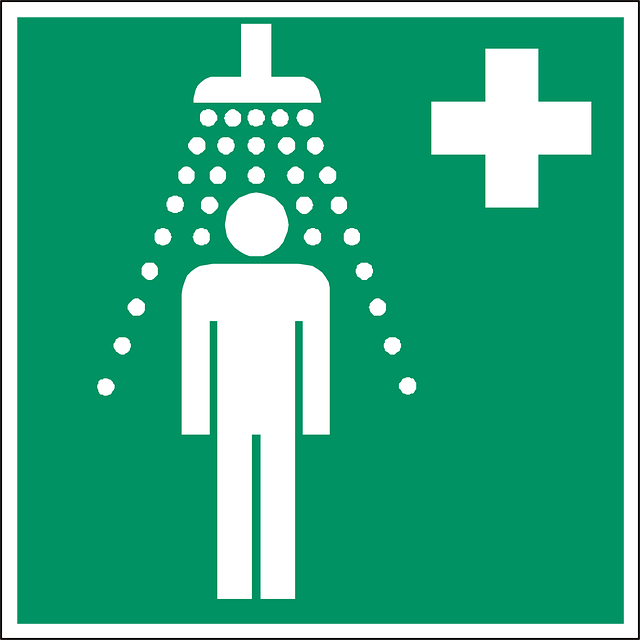Before replacing your shower head, ensure you have the right tools (wrench/pliers, teflon tape) and materials (new head, rag). Follow a simple step-by-step guide for DIY installation. Understand shower head types (ceiling, wall, handheld) for a successful project. Key aspects include compatibility with existing arm and water pressure, leak prevention via teflon tape, and a secure seal.
Tired of an old, low-flow shower head leaving you less than satisfied? This ultimate guide is here to empower you (even if you’re not handy!) with all the tools and know-how needed to replace it yourself. From gathering the right materials like threads, O-rings, and new showerheads, to following step-by-step instructions with visual aids, we’ve got your back. Learn how to navigate types of showerhead configurations, troubleshoot common issues, and maintain your new setup for optimal performance. Master the art of replacing a shower head today!
- Gathering the Right Tools and Materials
- – List of essential tools
- – Types of showerhead configurations and corresponding parts
Gathering the Right Tools and Materials

Before you begin replacing your shower head, it’s crucial to gather the right tools and materials. For most standard shower heads, you’ll need a wrench or pliers for unscrewing the old one, as well as a new shower head, teflon tape (or pipe compound), and a rag or towel. The teflon tape is essential for ensuring water-tight seals and preventing leaks. It’s recommended to have these items ready before you start, as having them readily available will make the process smoother and more efficient when following a how to replace a shower head guide.
– List of essential tools

Replacing a shower head is an easy DIY project that can instantly improve your bathroom experience. All you need are a few essential tools to get started. First, gather a new shower head, which should be compatible with your existing shower arm and water pressure. You’ll also require an adjustable wrench or pliers for tightening or loosening the connections. A rubber mallet is handy for gently tapping the old shower head out without causing damage, especially if it’s been stuck in place for a while. Additionally, have a bucket ready to catch any excess water during the process. With these simple tools at your disposal, you’re well-equipped to tackle this task and enjoy a refreshed showering experience in no time!
– Types of showerhead configurations and corresponding parts

Shower heads come in various configurations, each with specific parts that make installation and replacement processes unique. The most common types include ceiling-mounted, wall-mounted, and handheld models. Ceiling-mounted showerheads are typically attached to pipes that run through the ceiling, making them ideal for remodel projects or new constructions. They offer a wide range of water coverage and can be equipped with various features like multiple spray settings and temperature controls.
Wall-mounted showerheads are installed on the bathroom wall, usually above the tub or shower stall. These are versatile and easy to adjust, allowing you to control the direction and force of the water stream. Handheld models, also known as shower wands, provide convenience and mobility, offering a hands-free shower experience. When replacing a shower head, understanding these configurations and their parts is crucial for ensuring a smooth DIY project.
Tired of that old, inefficient shower head? With our ultimate guide, you’ll discover how to replace it in no time, regardless of your DIY skills. By gathering the right tools and understanding common showerhead configurations, you’ll be navigating this task like a pro. Say goodbye to poor water flow and hello to a refreshed bathroom experience!
